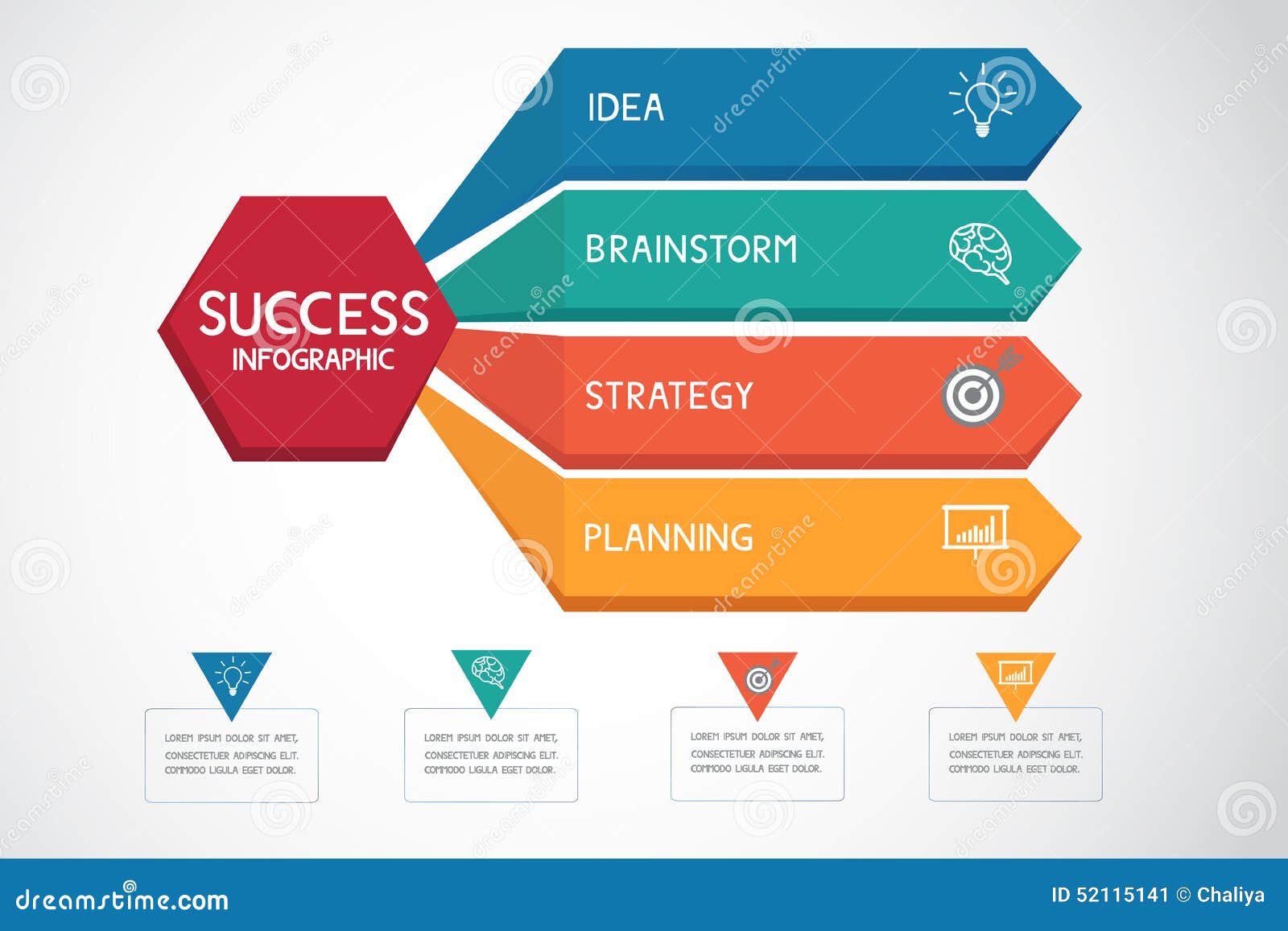Return Powerful Understandings Into Just How Color Psychology Influences Individual Habits On Websites, Sparking Interest About Its Impact On Your Brand'S On The Internet Visibility
Return Powerful Understandings Into Just How Color Psychology Influences Individual Habits On Websites, Sparking Interest About Its Impact On Your Brand'S On The Internet Visibility
Blog Article
Post Author-Hyldgaard Hermann
Use the power of color psychology in internet site layout to improve customer involvement and perception. Shades trigger emotions, convey messages, and influence exactly how users translate your website. They affect actions and decision-making, so select intelligently. Warm tones create seriousness, while cooler tones cause leisure. Contrasting colors assist highlight key elements. Colors form your brand name identity, enhancing acknowledgment and connection with your audience. By straightening colors with your brand name worths and considering your target audience's preferences, you can produce an aesthetically appealing and psychologically resonant internet site. Your website's color scheme can make a considerable difference in how customers view and engage with your brand.
Relevance of Color Psychology
Recognizing the relevance of color psychology is critical for producing impactful and engaging web site styles that reverberate with your target market. Shades have the power to stimulate feelings, convey messages, and influence assumptions. By purposefully picking the ideal colors for your site, you can boost the general user experience and leave a lasting impression.
Shade psychology plays an important role in shaping the understanding of your brand. Different shades have special organizations and meanings affixed to them. As mobile web design , blue is commonly connected with trust and professionalism, while red can evoke sensations of excitement or urgency. By lining up the shades on your site with your brand values and messaging, you can establish a strong visual identification that draws in and keeps users.
Additionally, color options can affect customer behavior and decision-making. Research studies have actually revealed that certain shades can influence exactly how users view info and engage with an internet site. By recognizing the psychological results of colors, you can make an internet site that guides individuals towards details activities, such as making a purchase or signing up for a newsletter.
Impact on Individual Behavior
Color selections in website design can directly affect just how customers behave and communicate with the content offered. When users visit an internet site, the colors made use of can evoke details feelings and reactions that influence their browsing experience. As an example, warm shades like red and orange can develop a sense of necessity or enjoyment, motivating customers to do something about it rapidly. On the other hand, awesome shades such as blue and eco-friendly often tend to have a relaxing impact, perfect for promoting leisure or trust.
Using contrasting colors can draw attention to essential elements on a web page, directing individuals in the direction of certain areas like switches or calls to action. Also, a well-thought-out color design can enhance readability and navigating, making it much easier for individuals to locate info and engage with the web content. By purposefully integrating shades that line up with your internet site's purpose and target audience, you can successfully influence user habits and boost total communication.
Enhancing Brand Identity
To develop a solid and recognizable brand name identification with website style, take into consideration just how color choices can play an essential role in shaping just how customers regard and connect with your brand. Colors evoke emotions and organizations, making them effective devices for sharing your brand name's worths and individuality. Consistency in shade usage across your site can help strengthen brand acknowledgment and create a cohesive aesthetic identification.
When choosing shades for your web site, think of exactly how different tones straighten with your brand name's message. For example, blue often signifies trustworthiness and professionalism and reliability, while green can stimulate sensations of development and eco-friendliness. By incorporating these color definitions strategically, you can improve your brand name's photo and interact with individuals on a subconscious degree.
Bear in mind that color psychology isn't one-size-fits-all; it's important to consider your target market's choices and social distinctions when picking shades. By leveraging the psychology of color in your website design, you can enhance your brand name identification and leave a long lasting impact on visitors.
https://www.legalscoops.com/how-to-manage-a-small-law-firm/
As you navigate the substantial sea of sites, keep in mind the power of color psychology directing your every click. Like a painter with a combination, designers craft on-line experiences that evoke feelings and shape understandings.
From relaxing blues to lively reds, each tone plays a vital role in recording your focus and affecting your activities. So following https://lukasjeytn.wizzardsblog.com/29866260/maximize-your-site-s-possibility-with-on-page-search-engine-optimization-tricks-that-change-your-on-line-visibility-and-captivate-audiences surf the internet, take a moment to appreciate the creativity behind the colors that surround you.
